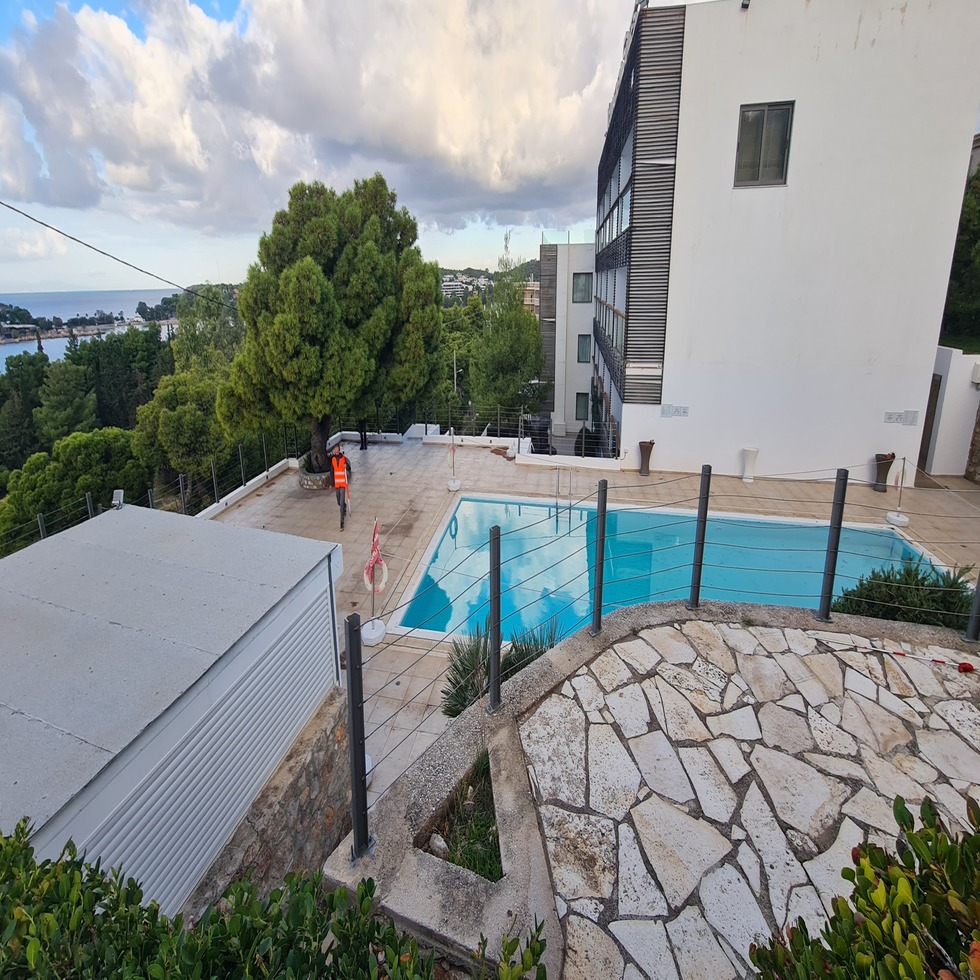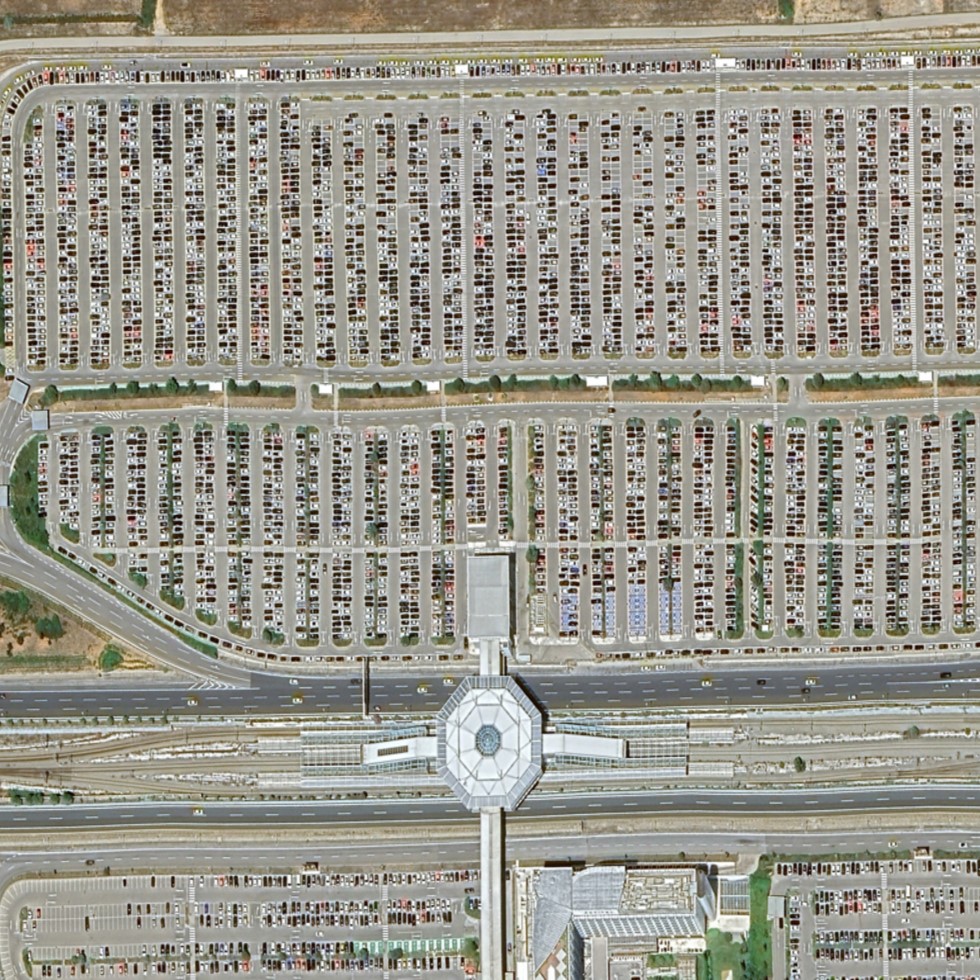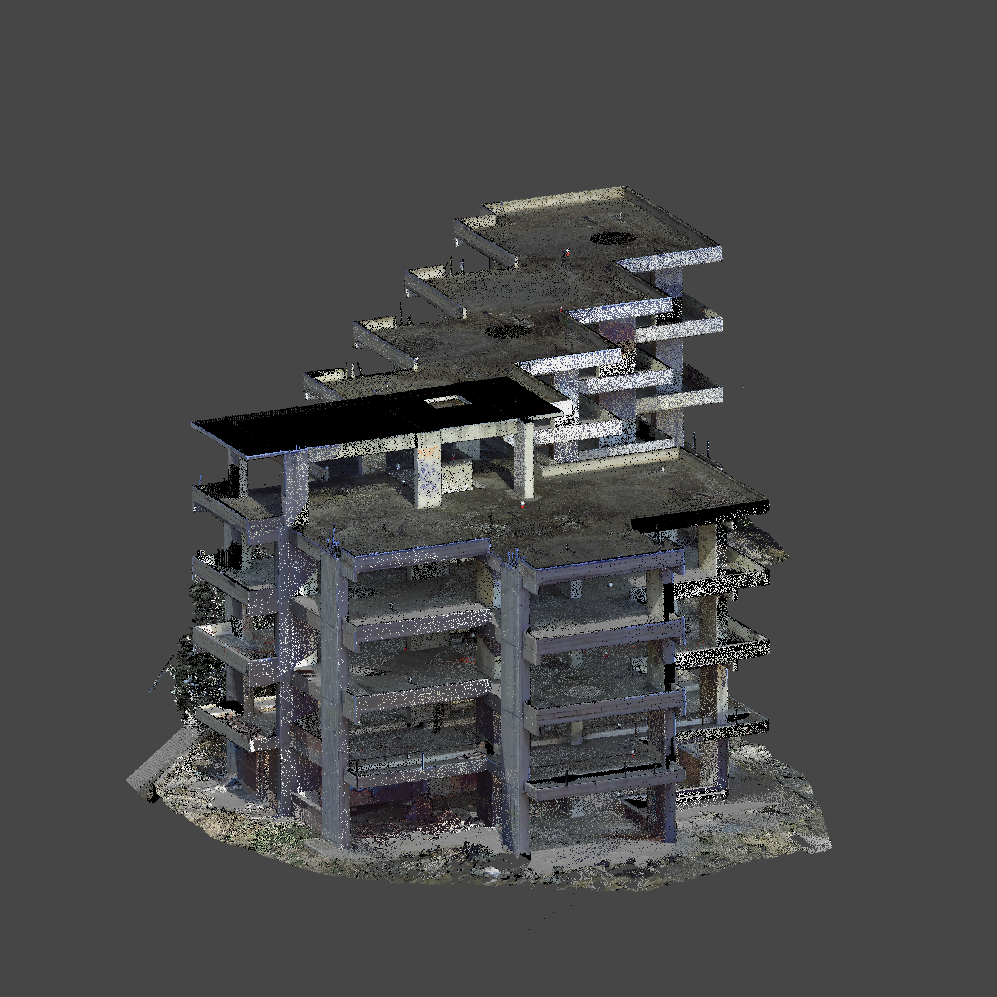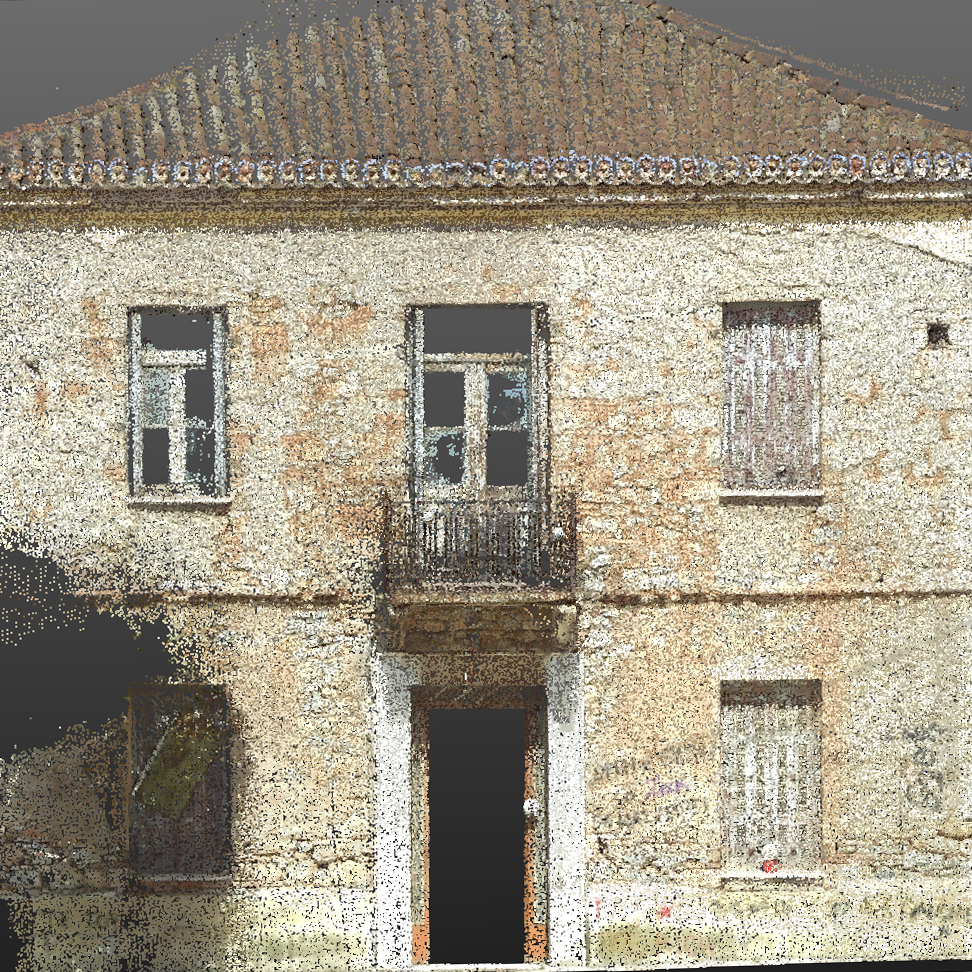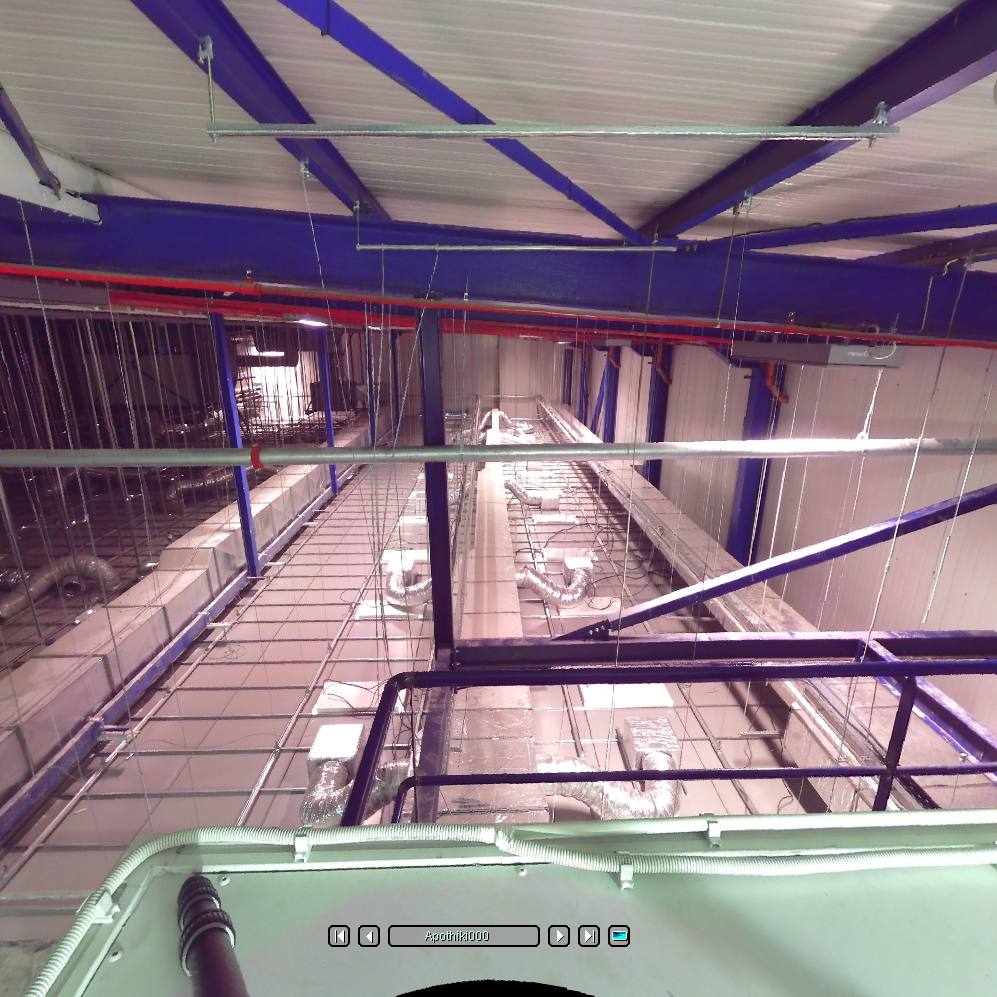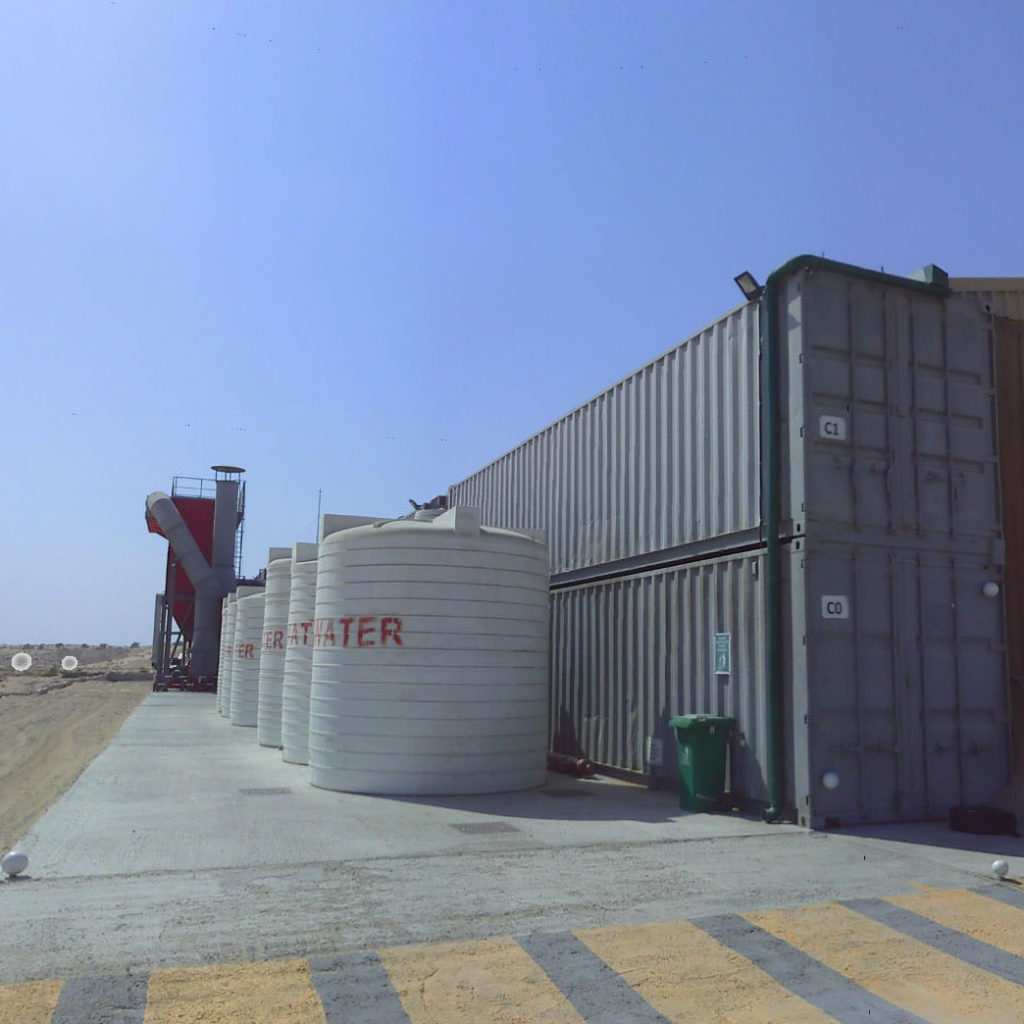Partition
It is now easier to seek the solution of private urbanisation which, although time-consuming, will yield properly planned land within the plan.
With paragraph 1 of article 20 of the basic urban planning law N.D 1923, the legislator aimed at preventing the creation of private urban plans, striking with nullity any civil law legal transaction (transfer) that directly or indirectly tends to the creation of private public spaces.
Roads used for the transport of agricultural products are excluded from this prohibition.
However, this provision has remained inactive. Many areas of the country that were subsequently incorporated into the city plan resulted from private town planning.
Law 720/77 attempts to legalise all these cases by stating (Article 6(2)) that private roads formed before Law 651/77 and appearing in contracts similarly drawn up before the commencement of the application of this law are considered as agricultural roads to serve the parcels of land therein. Therefore, through the “assimilation” of the illegally created private roads with rural roads (which are exempt from the prohibition), the parcels of land thus created are considered to be independent and can be further transferred without any problem. This provision also allows for the finalization of those pre-sale contracts of the parcels of land drawn up before Law 651/77, as well as the transfer of the remaining parts of land overlooking these roads (not sold). In this latter case, these sections are transferred ‘solid’ and not as depicted in the distribution topographies.
Works
The case of establishing a servitude of a passage in a strip in favour of a property is allowed provided that no private street plan is created. In any case, however, the establishment of easements must be done in court. Of course, the repeated establishment of easements in an area that has been cut into “four-way” lots to serve the “internal” access road main access lots creates a suspicion of a private roadway but is not prohibited by law.
Forest areas
Many of the areas in which a private urban plan was created as described above have subsequently become forested, with the drawing up of forest maps (Law 248/76 etc.). In this case, the forestry legislation applies and Law 720/77 does not apply. The resulting parcels are not considered to be independent but parts of the whole forest or forest area as determined by the competent Forestry Department.
The transfer can be made indivisibly if the whole forest area has not been burnt since 1975 (Article 35 of Law 918/79). On the contrary, the declaration of reforestation due to a forest fire or part of it prevents the transfer. The forest parcel can become independent if a final court decision on the usufruct of a private forest parcel is issued (Supreme Court 607/1976).
Partitions outside the plan
The Law of 17,07,23 with article 16 prohibits the partitioning of properties to a size of less than 1000 m2 when they are located within a radius of 500 m from the boundaries of the settlement (city perimeter zone). This provision is also the first use of the concept of ‘subdivision limit’ for properties outside the plan.
Today it is still in force only with regard to old town plans (1923-1983).
Subsequently, the various regulations adopted for off-plan building made reference only to the minimum plot size and the relevant derogations and not to the subdivision limit (e.g. FEK 538D/78, 709D/79 for Attica).
The subdivision limit was established with the introduction of the concept of the Residential Control Zone (Z.O.E.) by article 29 of Law 1337/83, with the first application of 20 acres for the entire extra-planned area of Attica. The Z.O.E. takes precedence over the urban zone when it overlaps it, as well as over general ordinances outside the plan.
Government Gazette 270/D/85 and Law 3212/2003
The 1985 Presidential Decree in force today establishes the minimum size limits for land outside the plan (the canon is 4000 m2 ), but, as mentioned above, no reference is made to the subdivision limit.
In this sense, a property located in the “purely” out of settlement zone and outside the ZZ can be subdivided to any size.
If of course the resulting lots are less than four acres then they will not be built on. If the resulting parcels are larger than four acres, roads between them are not allowed as usual. According to article 10 of Law 3212/2003, the division into “four-acre lots” requires the simultaneous creation or pre-existence of a public road. The same applies to coalescence at the boundary of the normal integrity.
In this way, before this law favoured various parcels of land not buildable could by amalgamation form an even plot of land, now they cannot if they do not also acquire a face to a public road.
With these new data after Law 3212/03, the partitioning of large areas of land outside the plan into evenly distributed plots becomes extremely difficult. It is now easier to seek the solution of private urbanization which, although time-consuming, will yield properly planned land within the plan, instead of seeking the solutions of dubious effectiveness and legality of off-plan building.
Our Projects
Contact us!
It would be good to have someone together who knows the boundaries of ownership. It will be useful to have old topographic diagrams and anything related to the property with you (contracts, building permit plans, expropriation plans, characterization deeds, cadastral diagrams, etc.). In case it is a large area, wear comfortable clothes and shoes because we will need to walk on its contour to find its limits.
